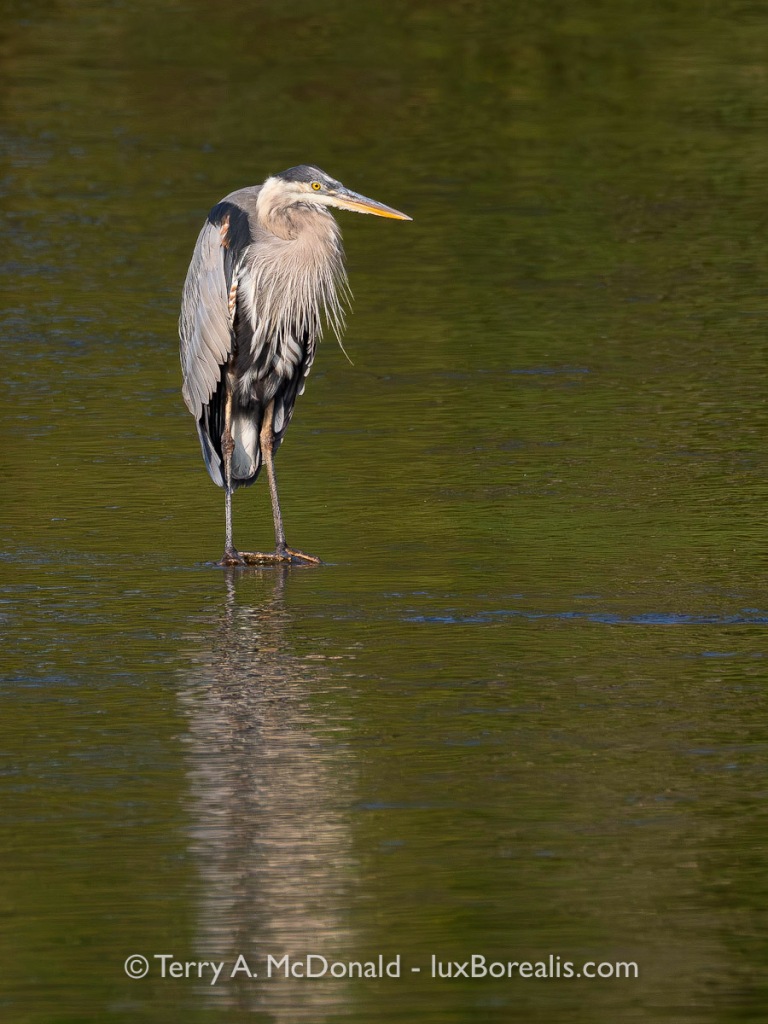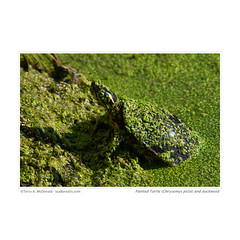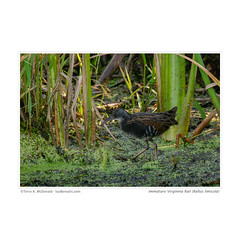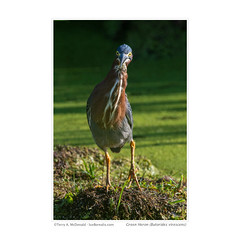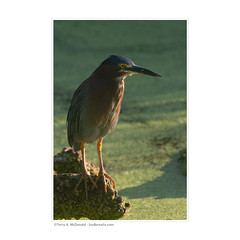Mornings on the Speed River Trail

Finding nature in my own back yard.
Note: The photos in this blog were all made on August 9 and 10, during morning walks along the Speed River between the Hanlon Expressway and Edinburgh Road, Guelph, Ontario.
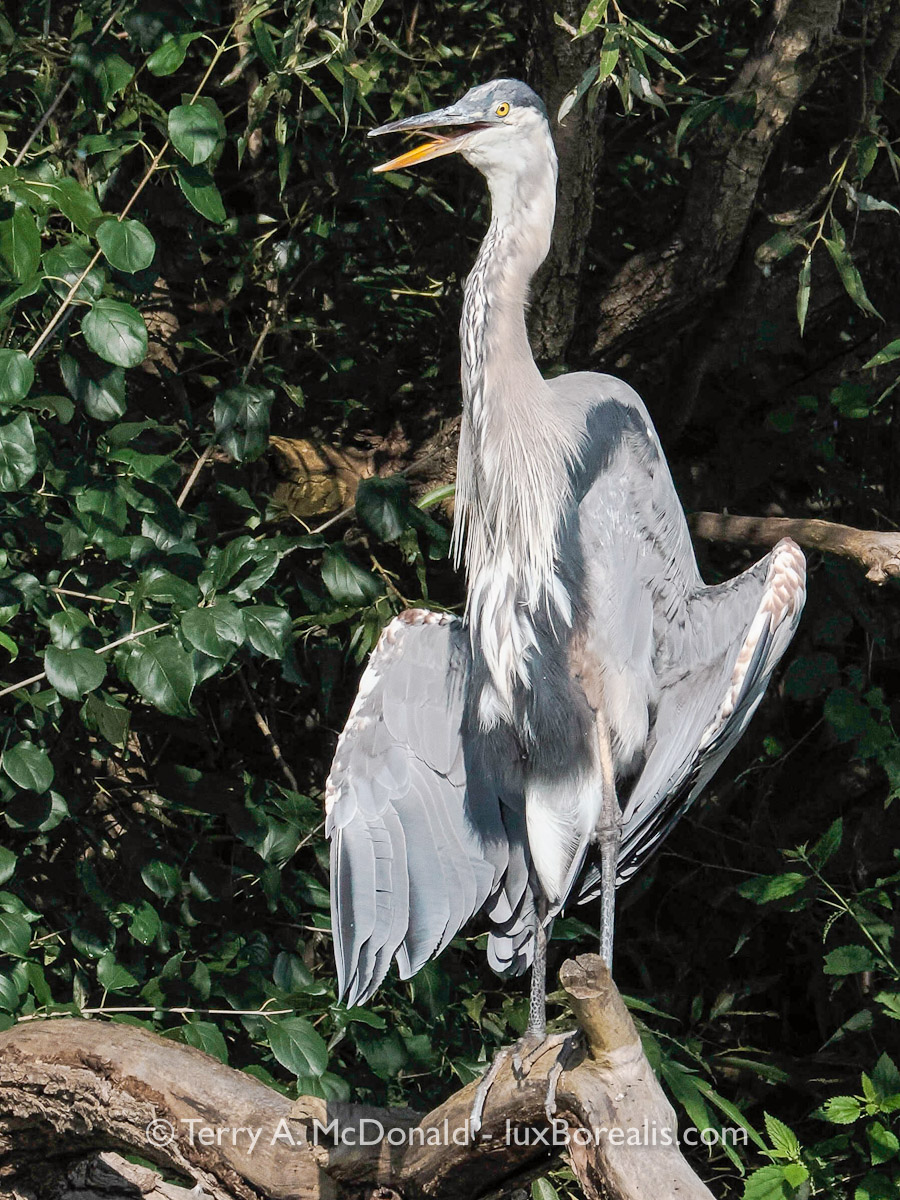
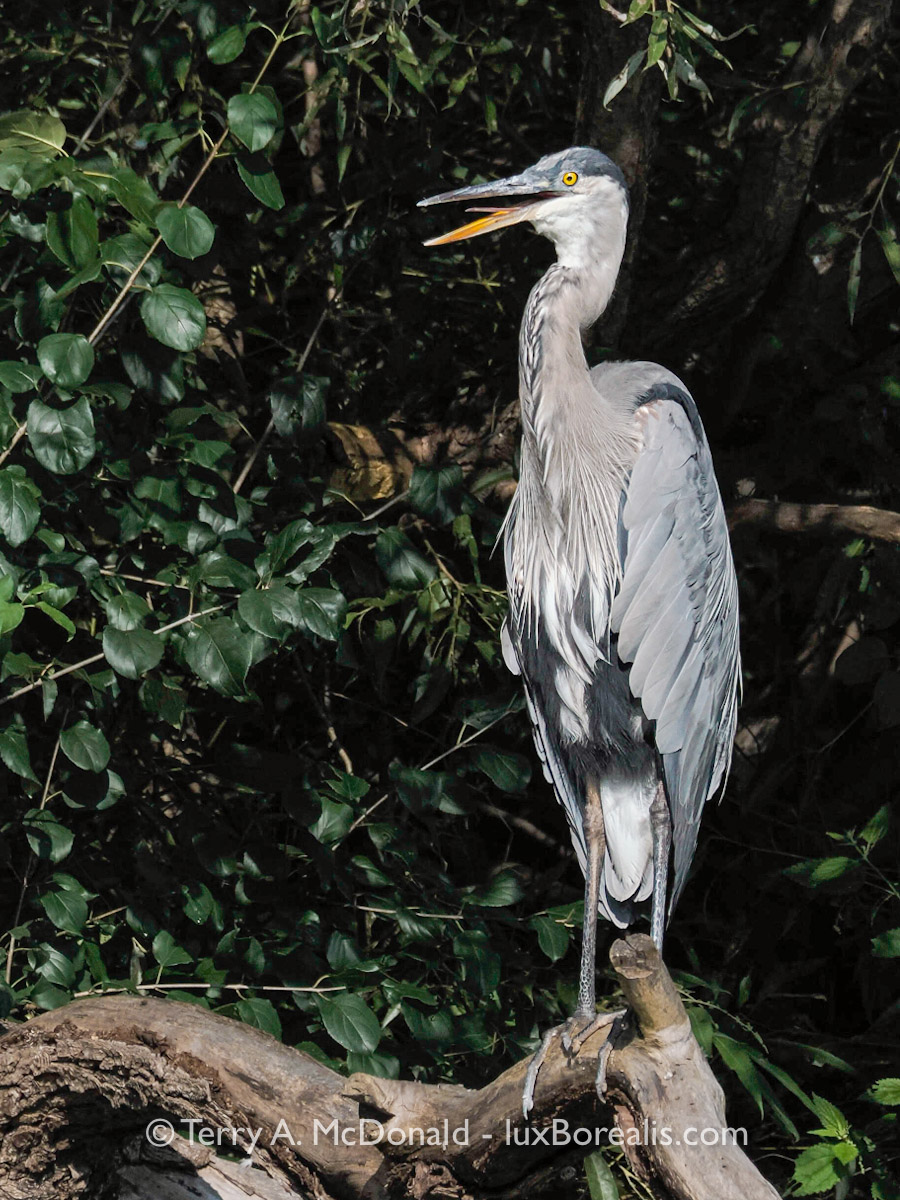
Great Blue Heron: splayed and dignified, Speed River, Guelph
OM-1 with Olympus 100-400mm f/5-6.3 at 400mm with Digital Teleconverter (efov 1600mm); f/11 @ 1/1600; ISO 1600; from jpeg files processed in Lightroom Classic. I’ve been pleasantly surprised by the quality that can be achieved with the OM System 2x Digital Teleconverter. The finest feather detail is not quite there, but otherwise, it is surprisingly good. It would certainly pass a ‘screen test’, considering that 99% of photographs are only ever viewed on screen. While the quality won’t meet the standards of a stock agency or the detail needed for a fine art print for framing, a canvas enlargement would be fine.
Living in a city has its conveniences, but as a landscape and nature photographer, I often feel claustrophobic surrounded by the necessary evils of pavement and traffic and suburbia and commercial-industrial strips. In Guelph, we are fortunate to have a few naturalized green spaces including the Speed and Eramosa River corridors through the city.
I’m always pleasantly surprised by the amount of wildlife found along the rivers. There are the usual characters such as Canada geese and mallards, but they are found just about anywhere, fair or foul. There are also a number of common songbirds, such as song sparrows, cardinals, robins, goldfinches, downy woodpeckers, catbirds, and in spring and early summer, orioles. In spring and fall, some of the migrants wander through making things a little more interesting.
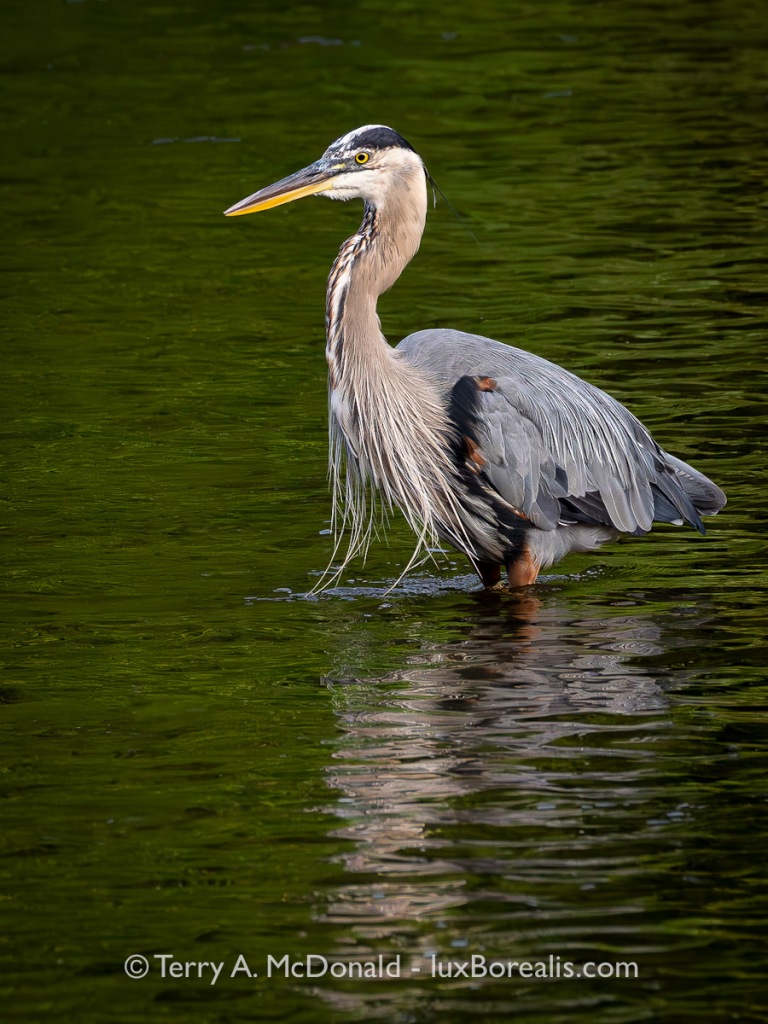
What I find especially encouraging is seeing our resident great blue heron, two or three kingfishers and a couple of families of mergansers. These species tell me there must be healthy populations of frogs, tadpoles, and fish in the river to keep their bellies full. We even have an osprey that frequents the corridor west of Edinburgh Road – a real bonus. And, when I’m out early enough, I sometimes hear the splash of a beaver’s tail. In fact, the city has had to cage a number of trees to prevent them from becoming food and dam-building material. This is a good thing!
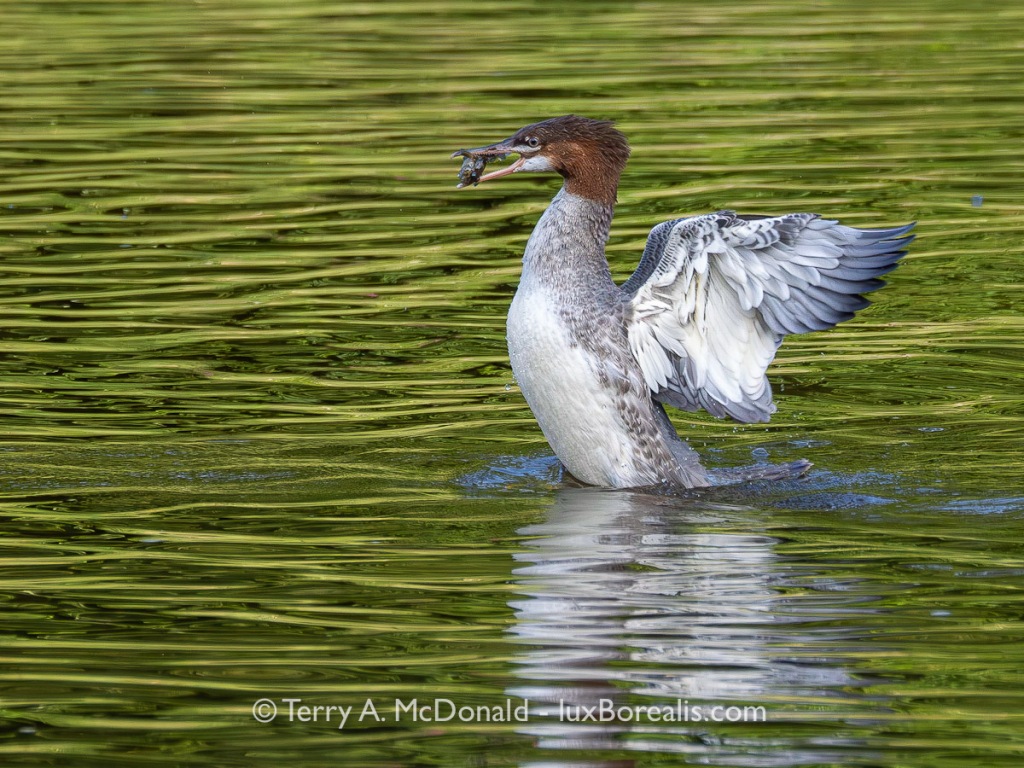
But, I’m not just looking for wildlife. There are a number of species of indigenous wildflowers through the seasons. The varied habitats of the tall grass prairie in the hydro corridor past Water Street and the riverine habitats along the Speed and Eramosa increase the overall biodiversity, another bonus for nature photographers.
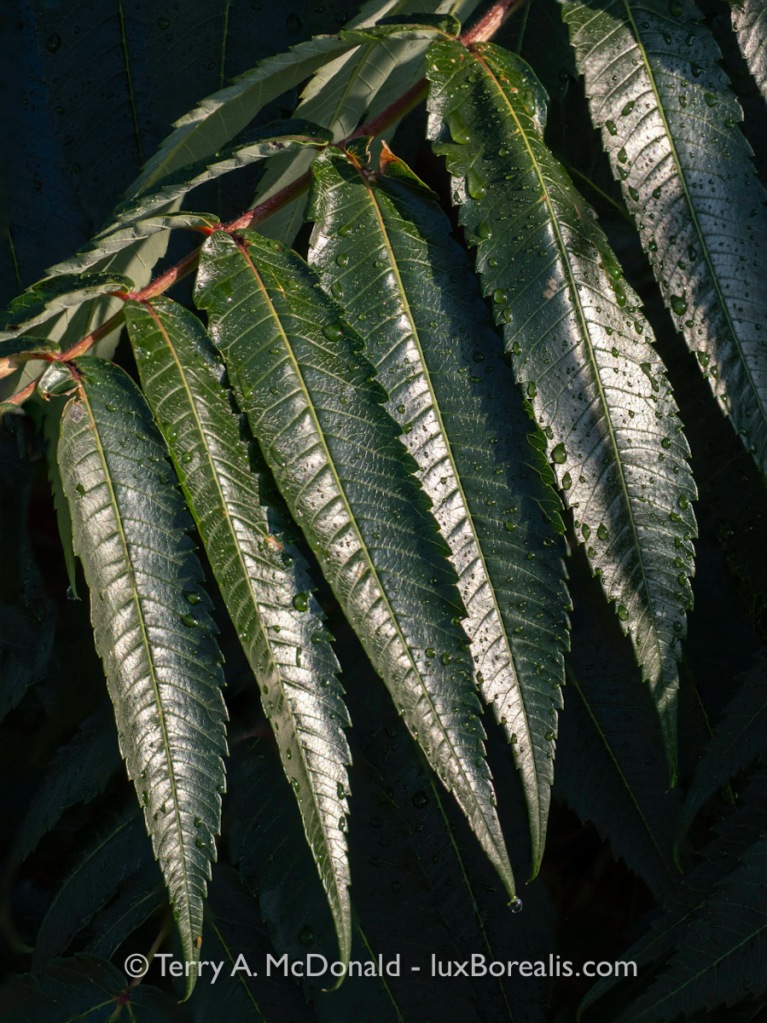
The trouble is, I’m going for a walk to get some exercise. Going as far as Edinburgh and back is about 4km; to Gordon and back it’s 7k. The idea is to walk fast enough to increase the heart rate, but when a photo beckons, I need to stop.
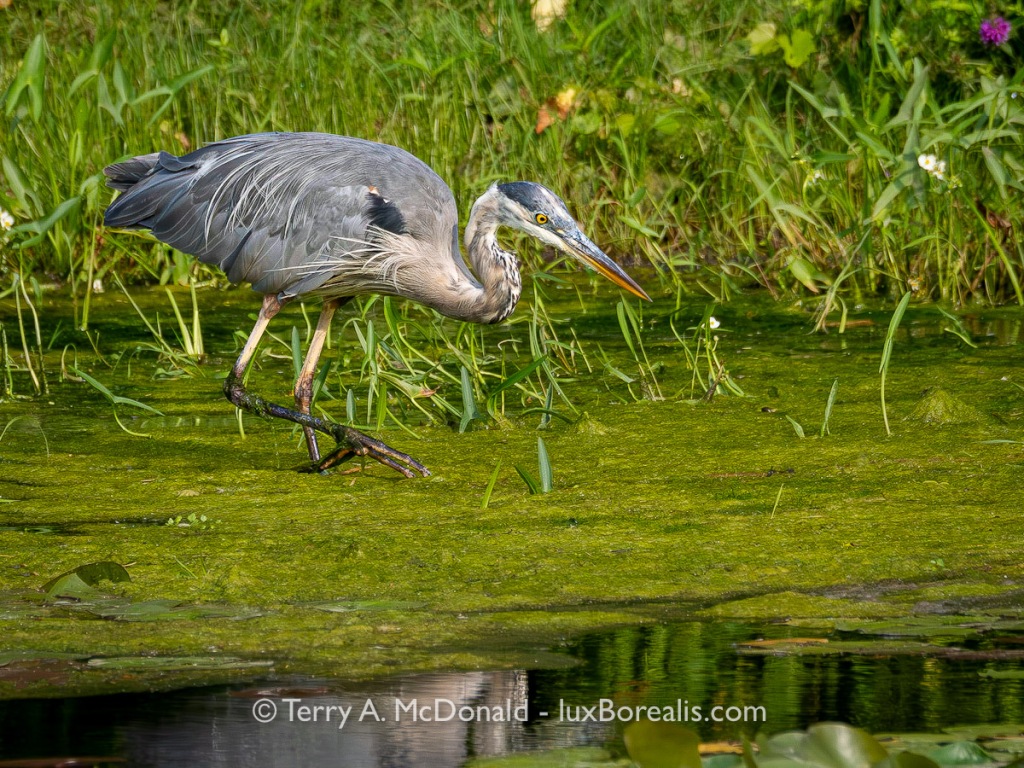
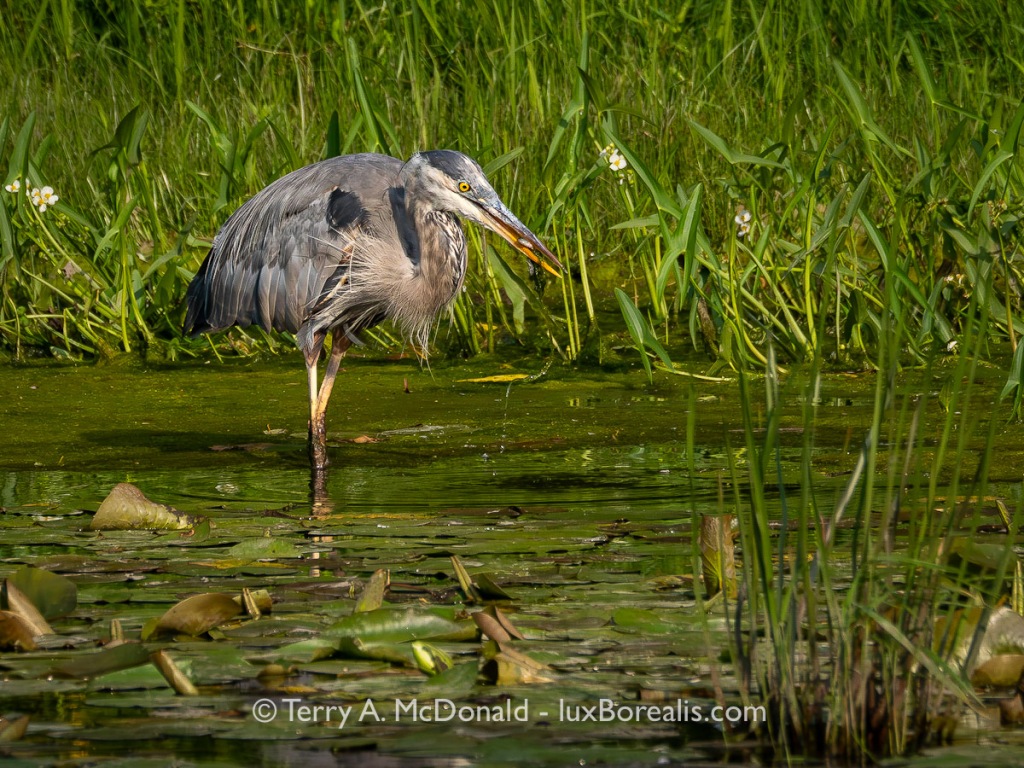
Some mornings, I’ll take the 12-100/4 (efov 24-200mm). This gives me a moderately wide focal length for landscapes all the way to a medium telephoto for capturing natural details. It’s really the ideal walkabout lens.
Lately though, with the all the activity on the water, I’ve been bringing the 100-400/5-6.3. Despite the added bulk of a longer lens, it carries very well and is completely comfortable slung under my arm at the end of a ‘quick draw’ shoulder harness. More importantly, the lens handles well. Combined with the in-camera stabilization, I can comfortably and confidently shoot handheld at 400mm (efov 800mm). Perfect!

Now, I need to concentrate more on getting in a decent walk! But how can I with scenes and subjects calling out to me to be photographed! Furthermore, as the seasons progress, so too do the species on offer.
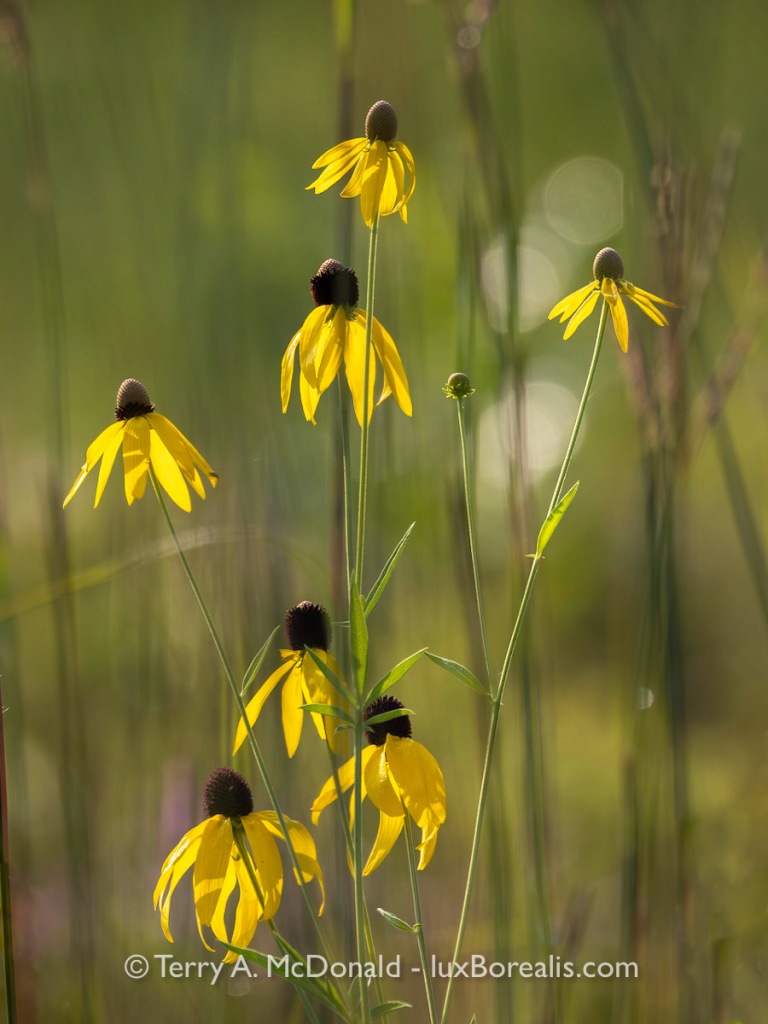
Thanks for reading!
If you have any questions or comments about the Speed River, naturalized areas in Guelph, OM System, raw capture, processing or anything else, please add it to the Comments section.
If you are not yet a subscriber, then consider adding your email so you are instantly alerted to new blog posts. And I promise not to inundate your inbox.
Have a look at my work by visiting www.luxBorealis.com and consider booking a presentation or workshop for your Photo Club or a personal field and/or screen workshop at Workshops.
